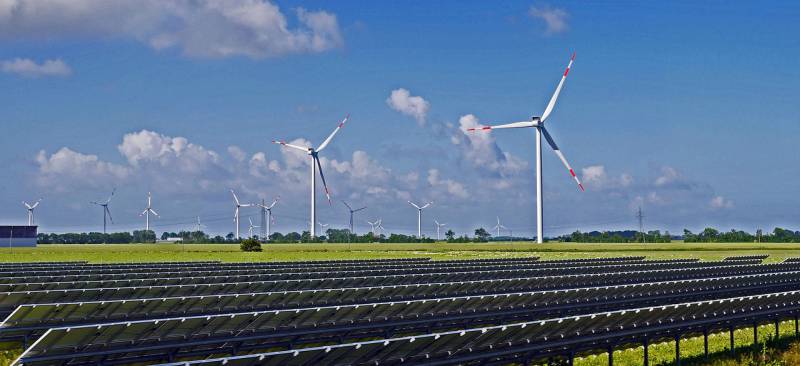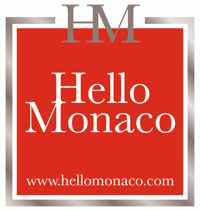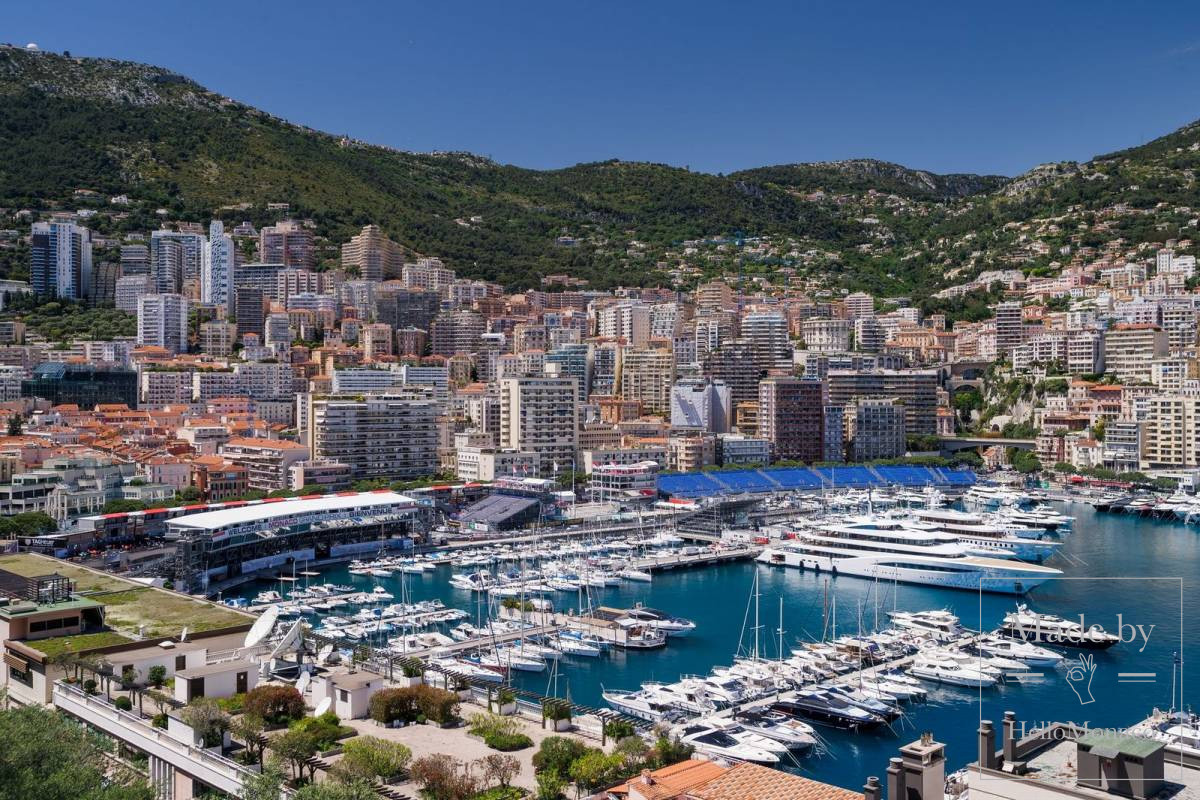Green, environment friendly, low carbon emissions, sustainable development, low pollution: we are becoming more and more aware of these goals, but where does waste management and recycling fit in. How is Monaco to handle its waste in the future? Monaco is about to address this with a major project on its own territory.
One of the ways some countries used to get by was by jettisoning their waste onto countries that were hungry for a little money to accept it and prepared to pollute their own environment in the process. The world needs to evolve well beyond this and rapidly.
First efforts at more responsible waste management and local recycling have made headway. Progress in some communities in the United States though has hit resistance as costs of recycling has become visible and voters rebel.
The issue is not the goals; rather it is that more commitment is required to create new technology that is both effective and efficient. And then to scale up so that “green” is also cost effective.

We see the same pattern with renewable energy and waste management needs the same jump start and new technologies. Monaco is the ideal place to assist in these technological advances because Monaco’s commitment to the environment is unwavering.
So there is planned, in the major development already underway in Monaco’s Charles III “ilot”, a state of the art approach to waste management. And one initiative is to be a shining example of how to separate useful objects and materials, including sorting clothes from the waste. What sounds simple in concept is in fact a technological challenge with the objective also of reducing the mass of the residual waste. Monaco has called upon the private sector to bring its best technology to bear and for Monaco to be a window for the world to help jump start others into more environment-friendly approaches to waste management.
An important part of the cycle will be to arrange partners at close range to take advantage of everything useful that is recovered from the waste – and obviously to send clothes, for example, to those who can most benefit.

In addition to targeting state of the art, or even breakthrough technologies, there remains the challenge of beautifying what will be a grouping of imposing buildings which are industrial in nature, including a waste management and sorting center for donated reusable objects, materials and clothing.
Aesthetics and modern technology doing a “dirty job” in a new world where Monaco intends to showcase the pragmatic side of going “Green”.
After Monaco’s future college within “Ilot” Pasteur is taking shape – another futuristic development in progress in the Principality – the priority will fall to “Ilot” Charles III and the execution by 2026 for the new waste management technologies and links to the whole grouping of industrial buildings there. Expect Monaco to demonstrate how industrial buildings can have an aesthetic face far different from the industrial buildings of olden times – or even some contemporary ones.
“Green, Greener, Greenest” is the future of the Principality.









